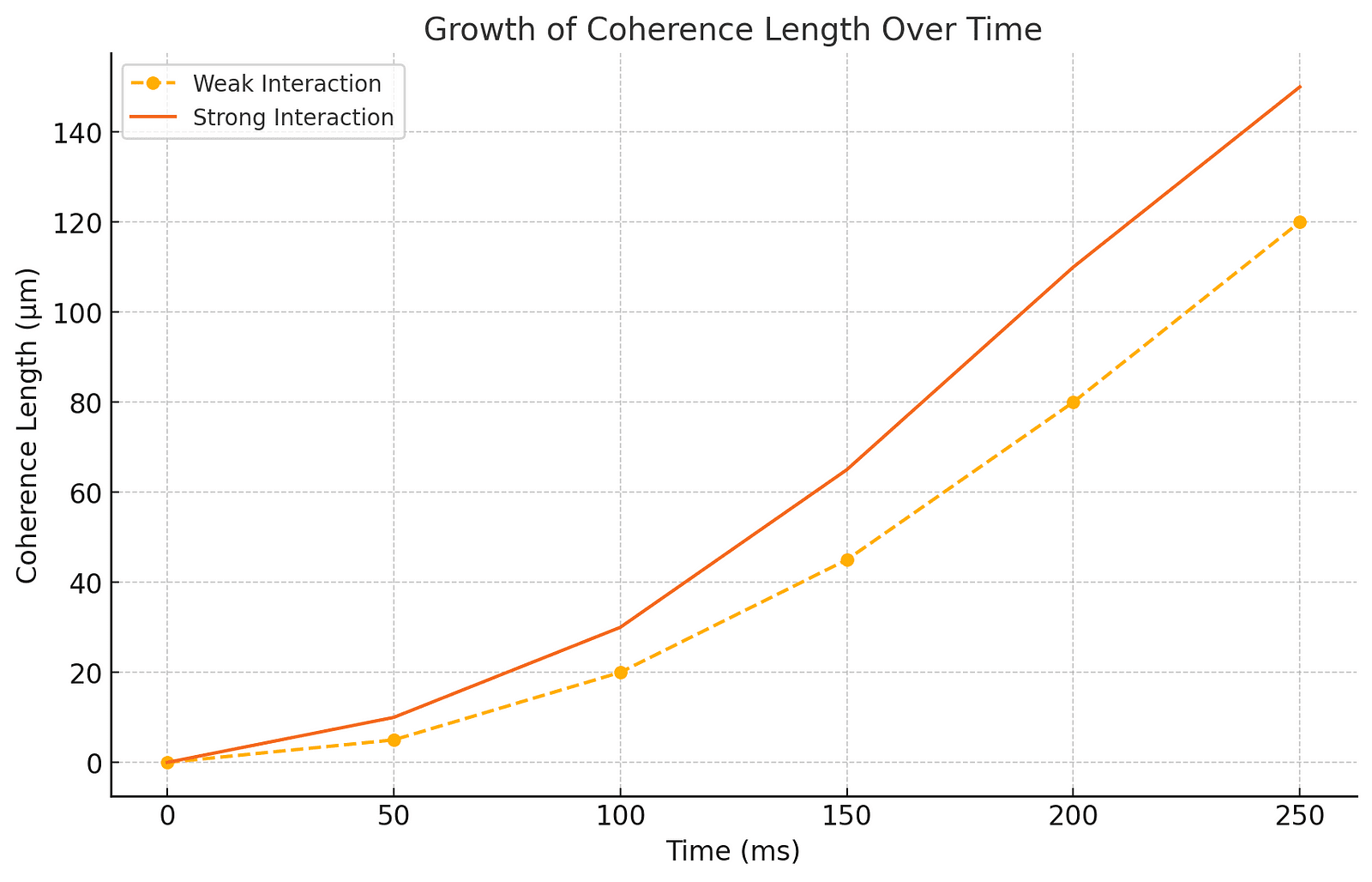
Human curiosity about boundaries is as old as time itself. From figuring out the maximum velocity of a falling object to determining the speed of light, limits often feel like the universe’s way of reminding us who’s boss. And now, a team of physicists has unearthed another one: a hard cap on how fast quantum coherence can spread. But here’s the kicker — it doesn’t care how strong or weak the interactions are between particles. There’s a point where nature just says, “Nope, this is as fast as we go.”
And the setup? A Bose-Einstein condensate — a super-cool (literally) state of matter where particles sync up into a single, coherent entity. The scientists threw some atoms into a vacuum and waited for them to dance together in harmony. The longer they waited, the more coherent the atoms became, like a fog slowly filling a room. But as with any good party, things hit a natural speed limit. This speed, it turns out, is universal, dictated by the immutable laws of quantum mechanics.
The Implications of Universal Quantum Speed
Think of coherence as the way order spreads through a system — a bit like a ripple in a pond or how rumors spread through a high school cafeteria. But what these researchers observed is that coherence behaves a little like the tortoise and the hare. When the interactions between particles are weaker, the process starts slow. But even when those interactions are stronger and coherence spreads faster, it hits the same wall: a universal speed limit.
This result isn’t just an oddball quirk of atomic systems. It hints at something much bigger. Whether we’re talking about ultracold atomic gases or even the cosmological evolution of the universe itself, the same principles might be at play. This limit could be a fundamental law of physics, etched into the very fabric of reality. It’s almost like discovering that, no matter what, there’s a cosmic “speed bump” that keeps everything in check.

The graph above shows how coherence spreads in systems with weak and strong interactions. While stronger interactions lead to faster initial growth, both systems eventually approach the same coherence limit.
Quantum Conversations: Intriguing Insights
The Race Against Time
Even in the quantum world, where uncertainty reigns supreme, coherence spreads predictably at a speed determined by Planck’s constant and particle mass.
Size Doesn’t Matter — Kind Of
Whether you’re dealing with different initial states or varying levels of atomic interaction, the system always evolves toward the same coherence growth rate.
Cosmic Echoes
These findings don’t just apply to tiny atomic systems. The same dynamics could be mirrored in the early universe or in high-energy particle collisions.
No Rush
Weak interactions make it seem like coherence is in slow motion, but it eventually reaches the same pace as stronger interactions.
The Scaling Regime
In this universal speed limit, coherence obeys self-similar dynamic scaling. It’s like the system has its own internal stopwatch, ticking along no matter the conditions.
The Future of Coherence and Beyond
The real marvel here isn’t just the discovery of a new quantum speed limit — it’s the possibilities it unlocks. The universal nature of this speed cap hints that quantum coherence could be a cornerstone for new theories of far-from-equilibrium systems. It might pave the way for understanding everything from the formation of large-scale structures in the universe to the behavior of exotic states of matter.
In a future where quantum technologies play an ever-larger role, knowing where the limits lie might be the key to pushing beyond them. Sure, there are cosmic speed bumps, but as history has shown, humanity never gives up the race.
About Disruptive Concepts
Welcome to @Disruptive Concepts — your crystal ball into the future of technology. 🚀 Subscribe for new insight videos every Saturday!
See us on https://twitter.com/DisruptConcept
Read us on https://medium.com/@disruptiveconcepts
Enjoy us at https://disruptive-concepts.com
Whitepapers for you at: https://disruptiveconcepts.gumroad.com/l/emjml







